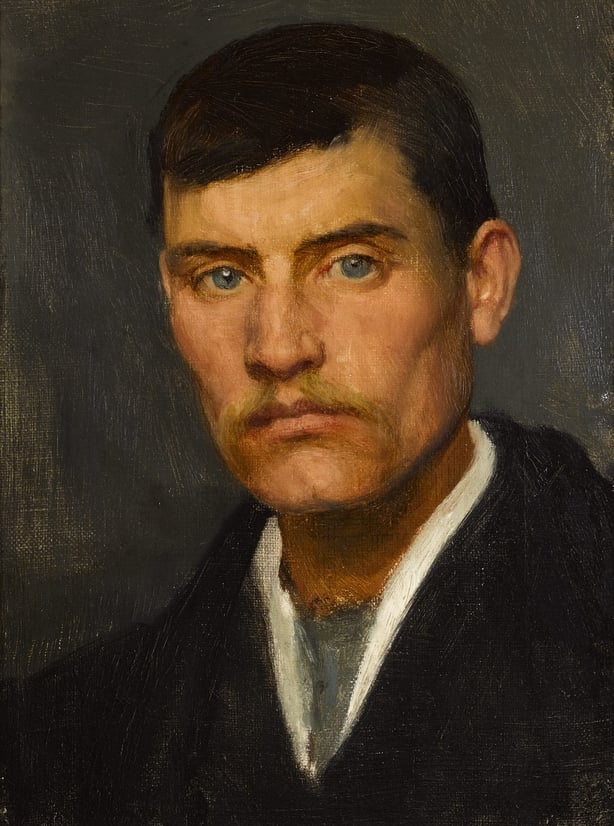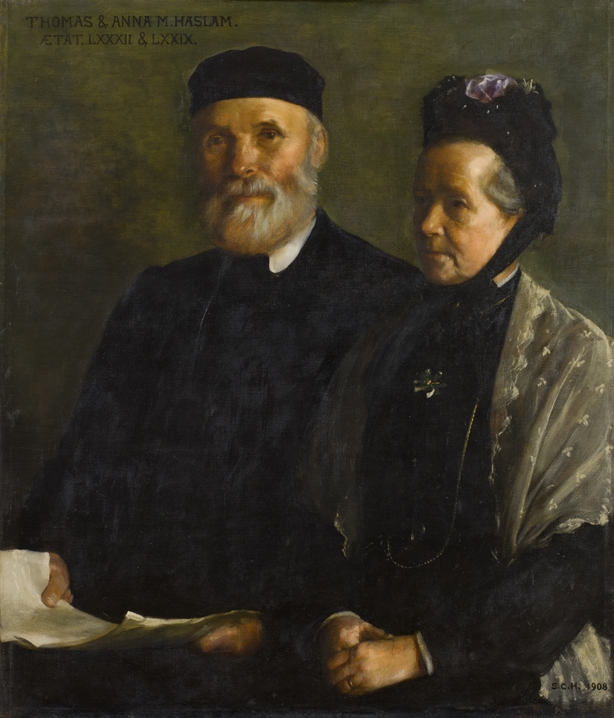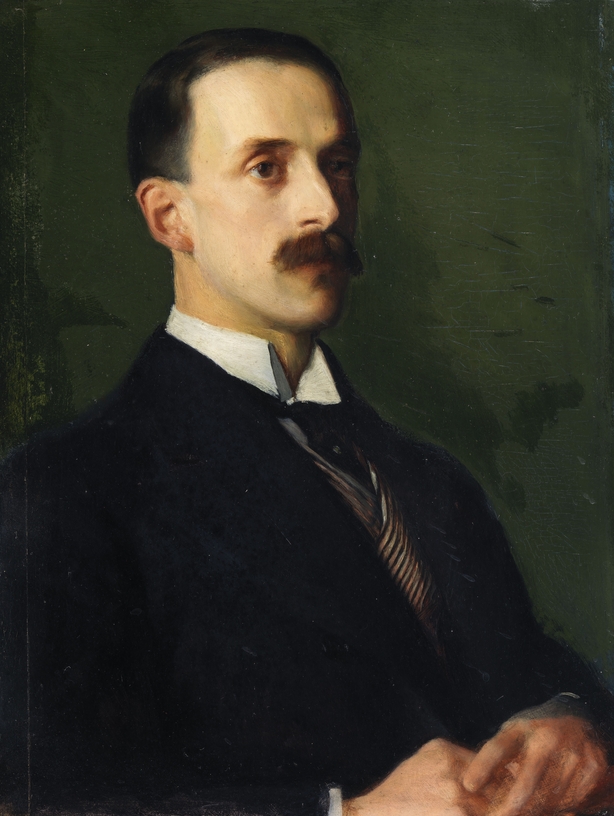Artist and Friend of the Poor - this succinct gravestone inscription captures the life and work of Sarah Cecilia Harrison, a woman of talent, principle and drive who immersed herself in the political and social fabric of Dublin life. Art curator and historian Margarita Cappock remembers an unsung Irish feminist heroine, now the subject of a major new publication from Dublin City Council.
Sarah Cecilia Harrison (1863-1941) was a compelling woman who broke new ground – as an artist, an activist, a suffragist and as the first woman to be elected as a City Councillor for Dublin in 1912. Harrison came from a prosperous Northern Irish Protestant family steeped in politics. She was a grand-niece of the United Irishman, Henry Joy McCracken, and his sister Mary Ann McCracken, a radical and philanthropist. After the death of Harrison's father in 1873, the family relocated to London and at the age of 15, Harrison enrolled in the Slade School of Art in London, where she won several prizes and awards.

Although London-based up until the age of forty, Harrison’s passion was for Ireland and in 1904, she moved to Dublin permanently, where she rapidly earned herself a reputation as one of Ireland’s leading portraitists. Her work was realistic and meticulous and she painted portraits of many significant individuals. Harrison was also one of the staunchest supporters and closest allies of Sir Hugh Lane (1875-1915), the Irish art connoisseur, collector and dealer, in his campaign for the establishment of a modern art gallery for Ireland.

In Dublin, Harrison became well-known for her social activism and involvement in a multitude of philanthropic, political and civic campaigns - the range of activities that she was engaged in is truly remarkable. For over three decades, Harrison was a champion of the poor, unemployed and marginalised citizens in Dublin. Harrison believed that an entitlement to employment, adequate housing and access to modern art, were all compatible aspirations. Her strikingly modern and enlightened approach was married with a strong degree of tenacity, pragmatism and an unstinting work ethic. Harrison broke new ground when she became the first female Councillor for Dublin Corporation in 1912 and as a Councillor for three years, her primary concern was the tenement dwellers and the unemployed.
As a feminist, Harrison consistently championed women's rights and was one of the Irish suffrage movement’s most prominent activists, as a campaigner and platform-speaker and organiser until 1918, when Irish women voted in a national election for the first time. Harrison had a powerful and compelling personality. She was articulate, tenacious and passionate but always eschewed militancy.

Harrison’s legacy can be found in a multitude of places around Dublin city. Her paintings hang in the Hugh Lane Gallery, the National Gallery, National Maternity Hospital, Royal College of Surgeons, the Law Library and City Hall. The Haslam Memorial Bench in St. Stephen’s Green, is thanks to Harrison who campaigned for a memorial to the suffragist couple Anna and Thomas Haslam, for their public service in the 'enfranchisement of women’. Harrison’s own contribution has been overlooked and forgotten. This new publication on Harrison seeks to highlight her legacy as a significant political pioneer, an accomplished portraitist and a tireless campaigner. Harrison died on 23 July 1941 at the age of 78. Her tombstone in Mount Jerome cemetery reads ‘Artist and Friend of the Poor’ – a succinct epitaph for a woman who achieved so much in her life.
Sarah Cecilia Harrison: Artist, Social Campaigner, and City Councillor, edited by Margarita Cappock is published by Dublin City Council and available in bookshops and online - find out more here.

